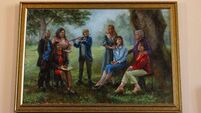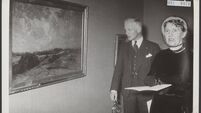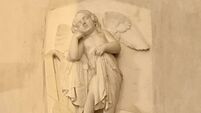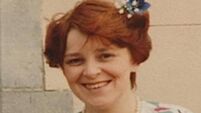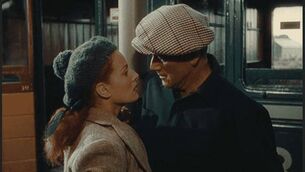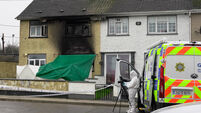Clodagh Finn: Remembering the women who lived in holes in 19th-century Kildare
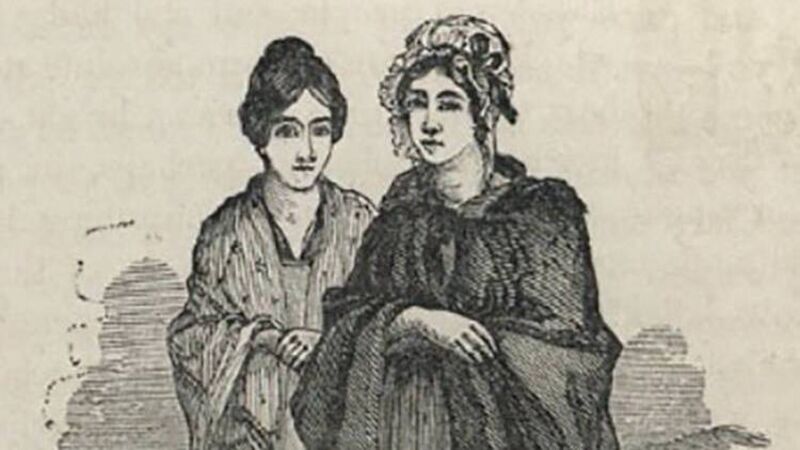
A sketch of the wrens of the Curragh, the women who once lived in holes (or nests) on the perimeter of the 19th-century army camp in Co Kildare.
Mention the wren at this time of year and anyone versed in Irish folklore is likely to think of the wren boys (girls too, of course) who parade happily and noisily on St Stephen’s Day. But I always think of the wrens of the Curragh, those incredibly hardy but reviled women who once lived in holes on the perimeter of the military camp in 19th-century Co Kildare.
In fact, every time I pass that expanse of green I think of the outcast community of 60 or so women who led a truly communal — if brutal — life, sheltering in furze-covered hollows that resembled nests, hence the nickname ‘wren’.
The domed huts, about 9ft by 7ft, were even given ‘house’ numbers and the women living in them shared all they had. They minded each other’s children, nursed each other when ill and welcomed any woman (harvesters weary of field work, ex-prisoners, abandoned lovers, domestic violence victims) who sought to join them.
As English journalist James Greenwood put it in 1867: “The ruling principle among the wrens evidently is to share each other’s fortunes and misfortunes, and in happy-go-lucky style.”
The colony of bush-women, as he called them, also welcomed any woman in need of shelter, whether she had a penny or not. The women would find the ‘nest’ that best suited the new arrival and allow her to join this early example of female solidarity and communal living.
HISTORY HUB
If you are interested in this article then no doubt you will enjoy exploring the various history collections and content in our history hub. Check it out HERE and happy reading
If that makes it sounds enviable, it is also important to say that these women lived in “unutterable misery” with little access to the basics needed for survival. The adjacent camp gave them water only after one of the women died.
In the nearby towns, they were, at best, shunned, and at worst, harassed, flogged or beaten. In 1845, for instance, a priest from Newbridge tore off one woman’s shawl and used his riding crop to beat her bare shoulders. Another local priest was said to regularly seize any ‘wrens’ he saw on the street and cut off their hair.
To so-called respectable society, these “very wicked women” were responsible not only for moral depravity, but illness. They were blamed for causing “disease and disability” in some 38% of the soldiers stationed in the Curragh.
A whisper of the moral scandal had gone all the way to the corridors of power in London, but it was the risk to public health that prompted the to send James Greenwood to investigate the “the vice dens” of the plains in the autumn of 1867.
The three-part series that followed provoked outrage and resultant reforms, an early example of how journalism can forge change. But that’s not the surprise in Greenwood’s work. The previous year, he had spent a night incognito in Lambeth workhouse in London to expose conditions there.
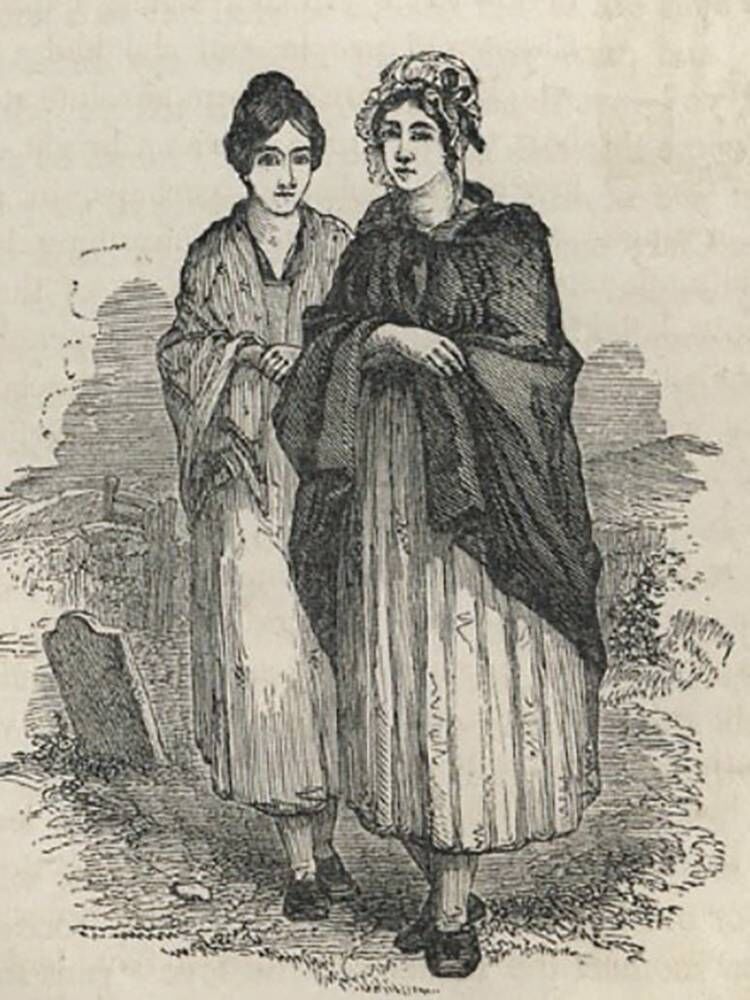
Those reports were later described as one of the first examples of investigative journalism. So, when Greenwood made his way across the noiseless turf of the Curragh months later, he wasn’t interested in causing a drawing-room sensation (although there was one) but in talking to the women who made a living on the fringes of a military encampment.
“It is almost too obvious a fact to state that wherever you have troops garrisoned, there will also be a flourishing prostitution industry,” emeritus professor of history Maria Luddy writes in an excellent article on the wrens and 19th-century prostitution in the (1992).
In Cobh, for example, some 30 women, or camp-followers as they were called, “lived all the year round under the furze like animals” in a wooded place near the town called the Bush. Other garrison towns also reported high numbers of prostitutes and complained how they “infested” — the word reflecting contemporary attitudes — the local streets, hedges and ditches.
What is striking in James Greenwood’s report, then, is his willingness to give these women a voice and, perhaps more surprisingly, spend time with them in their dens of iniquity. He entered one nest, No 5 Bush, and was surprised to find a “perfectly neat-looking girl, washed, combed, and arrayed in a clean starched cotton gown”.
Several others, he wrote, “were not only fine-looking, but well-mannered girls — when sober; and I had the opportunity of seeing a letter written by one in as pretty and ‘ladylike’ a hand as if it had been traced at a davenport [desk] in Belgrave-square, instead of on the bottom of a tin pot in the Curragh.”
The tin pot also acted as a seat. “Get up and give the gintleman a sate,” one woman apparently said. Greenwood’s rendering of Irish vowels seems stereotypical now, but his portrayal of the wrens of the Curragh is anything but. He describes a community of women who cared for each other and the four children living there at the time of his visit.
One child, he reported, was born to a woman who had followed the father to the camp from Arklow. When the father, a soldier, shunned her, the wrens cared for her and the child was born in one of their ‘nests’: “Wrens smiled upon its birth (it was a girl); and wrens alone tended mother and child for days before it was born, and a month afterwards.”
While another young mother uttered “outrageous blasphemies” to the journalist’s coach man, Greenwood conceded that she had “the tenderest love for her babe”. She acted as watcher while the others were away on the “hunting ground”, plying their trade with soldiers.
“The communistic principle governs each nest, and in hard times one family readily helps another, or several help one… None of the women have any money of their own. What each company get is thrown into a common purse, and the nest is provisioned out of it,” he wrote.
Though, there is nothing romanticised about his depiction either. The women lived in unimaginably harsh conditions and they were often paid in whisky, rather than in cash. While Greenwood wrote that whisky was necessary to their existence — “without it, they could hardly live at all” — he was damning about the ‘wrens’, and the spectacle of their degraded humanity, when drunk.
And yet, you will be hard-pressed to find a more nuanced, even sympathetic, account of these women who chose to eke out a living at the margins of society, rather than resort to the workhouse.
James Greenwood said he had not set out to cause a sensation, but his reports certainly caused one.
Five years later, there was an attempt to clear the ‘wrens’ and their nests entirely. In doing so, the authorities unwittingly stripped the women of the very thing that sustained them — their self-made community.
These women had an unspeakably difficult life. There is no sugar-coating that stark fact. Yes, as Maria Luddy has pointed out, while they were cast out of society, they succeeded in creating their own subculture, one which offered them “emotional and physical support, a certain degree of protection and indeed human validation”.
When the “king of all birds” is mentioned this festive season, spare a thought for the unquenchable spirit of the ‘wrens’ of the Curragh.





